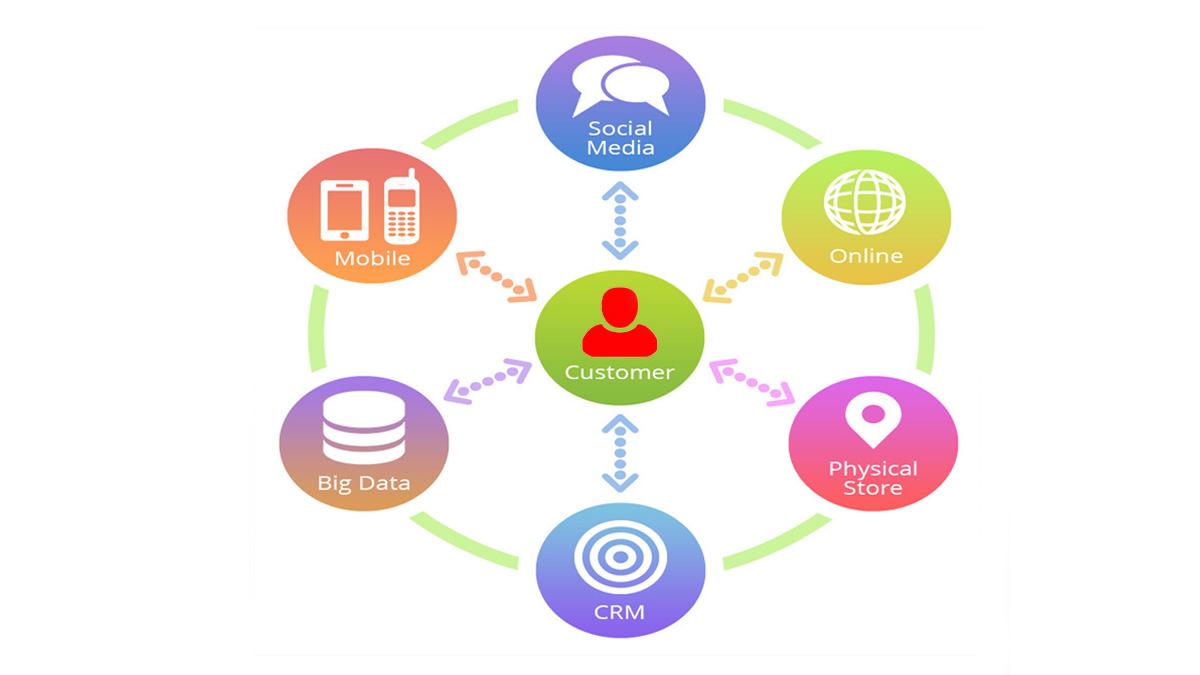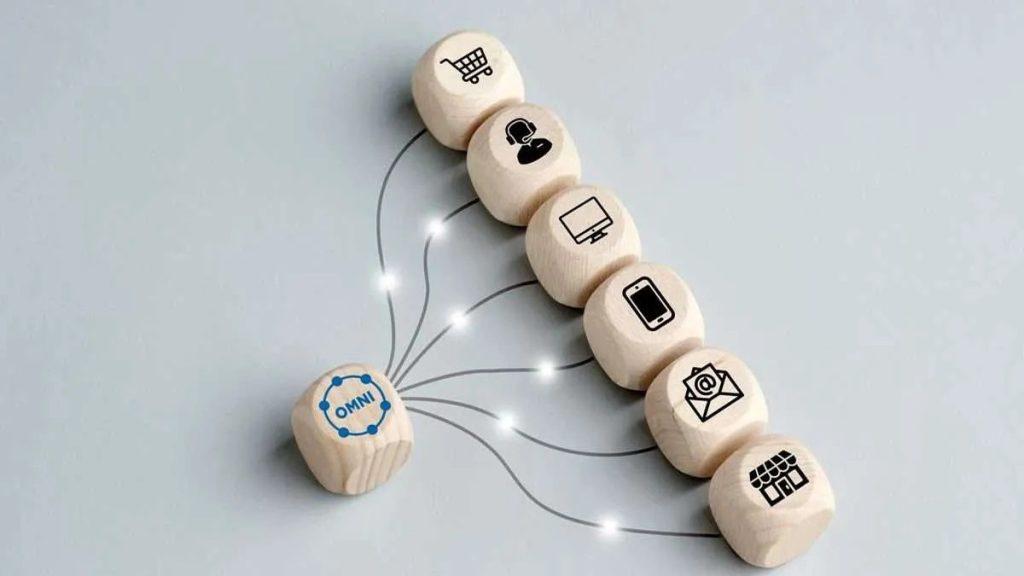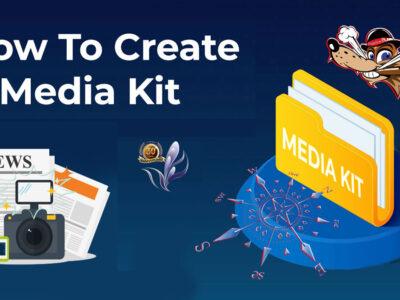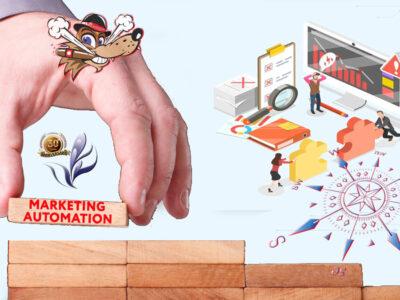The proliferation of platforms, channels and devices, both offline and online, resulted in a complex, nonlinear customer journey. Businesses across the board seek to adopt a customer-centric approach to meet the dispersed demands of consumers. Users’ interactions across various channels are connected and tailored to their browsing preferences, shopping history, and behavior.
To this, 89 percent of successful brands state that providing assistive experience and predicting consumer demands are fundamental to growth (Google). And so, to the rising number of consumer touchpoints, here’s why omnichannel marketing should be your brand’s only response.
Omnichannel marketing, also called customer-centric marketing, is a customer-centric approach where brands market their products and services across every platform with unified messaging and coherent visuals. By providing a seamless, continuing omni channel experience for customers, omnichannel marketing is vital to lead nurturing. For instance, Ikea lets you purchase its products offline, online, via an app, over the phone and so on.
Further, with a customer-centric approach, an omnichannel marketing strategy is hinged on integrated data, including but not limited to customer relationship management (CRM) data, purchase data, website user engagement and traffic data and paid media data. Such collated data enables the seamless omni channel customer experience. This way, you won’t send an abandoned cart email to someone who just completed their purchase.
Because of the involvement of omni channel marketing platforms, two types of marketing are often mistaken for one another, leading to the omni channel vs multi channel marketing debate.
OmniChannel vs Multi Channel Marketing
While related, OmniChannel marketing concerns all platforms plausible to be a customer touchpoint, creating a harmonious environment and experience for consumers on all omni channel marketing platforms. On the other hand, multi channel marketing entails multiple channels but not all channels. And while multiple channels are employed, they’re not necessarily aligned but simply available. Thus, the key difference between omni channel vs multi channel marketing is their focal point; the former centers on customers, while the latter focuses on the brand and making it available on multiple channels.
Between omni channel vs multi channel marketing, brands are largely into the latter today, assuming that a website, Facebook and Instagram would be enough to provide an omni channel customer experience. Sadly, despite an online presence on a few channels, many still fail to satisfy consumers due to inconsistent messaging and user engagement. Hence, brands forgo a customer-centric approach and customers are forced to adjust only to seek out brands on specific platforms they’ll likely get a response.
Why You Should Embrace an Omnichannel Marketing Strategy
Whether you’re trying to figure out how to increase profits or improve customer satisfaction, exercising an omnichannel marketing strategy will cover your bases.
Here are what you can achieve with omni-channel marketing:
• Have a wider reach. In omni channel marketing, you place your brand and offerings wherever your customers are, be it a product or service. This way, you’ll likely prompt a purchase in the moments they are most engaged.
• Exhibit a solid and cohesive brand identity. Omni-channel marketing is all about unification and consistency. So you are also laying the groundwork for consumers to have a top-of-mind recall of your brand, which leads to brand loyalty.
• Tailor a seamless customer experience. Consumers employ multiple channels before landing a purchase. They could originate from your physical store and end on your website or vice versa. It is essential you deliver an omni channel experience.
• Improve customer satisfaction. The seamless experience you provide and the consistent branding translate to reliability and satisfaction. You champion lead nurturing and win back customers, purchase after purchase, reducing customer churn.
• Increase revenue. Ultimately, all of the above conceives to profitability. Employing omni channel marketing platforms makes it simpler for customers to make subsequent purchases or renew their subscriptions, ensuring ongoing revenue.

How To Kickstart Your OmniChannel Marketing Campaign
Consumer, data and technology — three things you’ll be leaning into as you shift to an omni channel mindset. So here’s how your brand can furnish an omni channel customer experience:
1. Have a Customer-First Mindset
As mentioned, omni channel marketing hyper-focuses on customers and prioritizes them each step of the way. Having a customer-first mindset is tied to being purpose-driven rather than profit-driven. While the concept can be counter-intuitive for business-minded people, you’ll soon realize that it’s what would fuel your brand growth steadily. Keep in mind that the shift is not a one-and-done process. To be a successful consumer-first brand takes commitment from your whole team.
2. Look Into Your Data
After you lay the groundwork with much introspection and a mindset shift, it’s time to go technical. Brands that use first-party data for marketing gained up to almost three times revenue lift and a 1.5 increase in cost savings (Google). So begin with what you have and examine your current efforts and data from your website and social media pages. First, you want to check if Google can find and crawl your website. Once you’ve got that in check, you can look into key performance indicators, such as unique visitors, sessions and conversion rate, to see how well or poorly your website is doing. For your social media channels, scour your reviews and comments and keep an eye out for recurring themes on top of metrics like user engagement.
3. Use Data to Your Advantage
Whether the data were positive or not, you can use both to your benefit. Ideally, you know by now which channels bring in the most visitors to your website. So apply what you’re doing to those channels to other channels you’re on. Now, considering your reviews and comments, if a product or service is repeatedly mentioned on a positive note, you can highlight top offerings in your social posts. However, if you find recurring issues, seek to solve them immediately. Although you’re entering the scene of omni channel marketing, there’s no need to be everywhere all at once. Instead, focus on the current channels you’re on and master them. Then after some time, you can expand your online presence.
OmniChannel Marketing Examples
If there’s the best way to learn how to increase profits with omni-channel marketing, it would be through examples. So below are a couple of omni-channel marketing examples to inspire your brand:
Google
The gold standard for omni channel experience, Google takes a customer-centric approach seriously with its seamless synchronization.
For instance, users logged into their accounts using Google Chrome have the luxury of seamlessly switching between devices without missing a tab. Among other reasons, this is why Google holds 83 percent of the global search engine market share.
Moreover, Google accounts have powerful synchronization capabilities, not only within its ecosystem but also other platforms that offer the “Sign in with Google” option, offering the most harmonious customer experience possible.
Spotify
Championing omni channel marketing in its league, Spotify is on every platform available, from mobile to web and desktop.
It provides an equivalent experience no matter your platform, syncing its apps simultaneously. So, for instance, if you’re tuned in to Spotify on your laptop, the mobile app also shows whichever song or podcast that’s currently playing.
Additionally, Spotify is integrated into numerous apps and services, including voice assistants, maps and messaging apps.
Why is OmniChannel Marketing Good?
Mastering omnichannel marketing is no small feat. It requires effort, investment, and a mind shift toward putting the customer at the center of your business strategy. However, when done right, omnichannel marketing can lead to stronger brand-customer relationships, greater customer loyalty, and increased revenue.
In today’s hyper-connected world, remember this: It isn’t you who defines your brand; it’s your customer. Every touchpoint they have with you across different channels contributes to their perception of your brand. So make it count!
Look no further if you seek assistance creating a custom, results-driven brand, and omnichannel marketing strategy. We warmly invite you to connect with our Team, a genuine partner in your brand’s evolution, streamline your marketing approach and engage your audience effectively across all channels.




















Comments